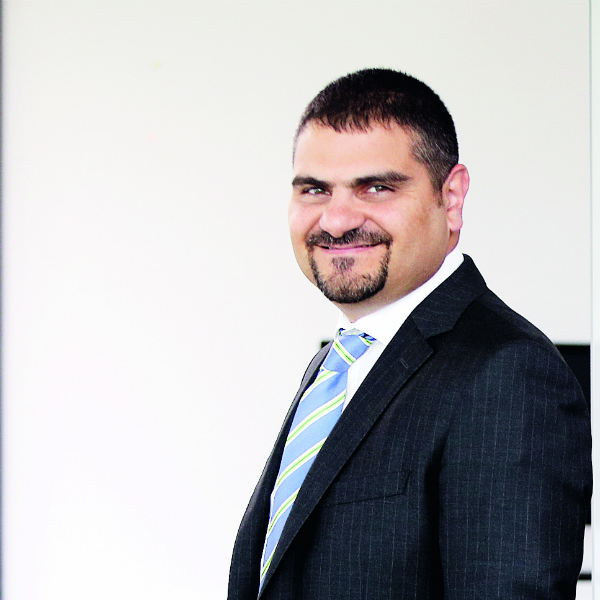The CIO: The vital link for traditional businesses to be future-ready
Farid Al Sabbagh highlights the importance of having a chief information officer at your company

The Gulf region’s strong heritage of family businesses faces a new challenge – the fast-paced growth of information technology.
This exponential growth is redefining our lives, and it is important that these family businesses leverage it to drive their business agenda and to achieve market growth.
Typically though, businesses follow an organisational hierarchy that is defined by traditional roles and responsibilities that are not aligned with IT functions. The question then is how can this conventional chain be redefined to fit into today’s digital era?
To survive and grow, companies must adopt a model that provides a digital experience to their clients. And this is where the role of the chief information officer (CIO) becomes crucial.
CIOs are the vital link for businesses to become future-ready and they must serve as a key part of the business model with a prime role in bridging the internal gaps between the various business functions and IT. This will enable the CIO to focus on business processes with greater clarity.
It requires talent to decipher and acknowledge the criticality of IT in business, which demands the involvement of a CIO at all levels to help the organisation achieve operational efficiency, higher productivity and above all a customer focus. After all, businesses today must appeal to the largest demographic of the Arab world – its youth.
For businesses to succeed, a CIO must therefore be involved in shaping the strategic agenda and in managing the capex and operational expenditure efficiently. Managing more devices, applications, websites and outcomes for more people with fewer budgets than in previous years becomes the work motto of the CIO.
While securing the latest technology is crucial, only a CIO will be able to make a judicious decision on investing in the right tools and processes. It makes sense to invest into a model that runs faster but requires less energy at faster speed, and brings in more revenue year on year.
With the constant pressure on reducing overheads, a CIO can help prioritise applications and create a list of those that are integral to the organisation. Secondly, the CIO can prioritise the projects after analysing their strategic importance and assessing immediate future benefits. Finally, the CIO can effectively analyse the returns and reconsider projects that will not meet the core business objectives of the firm.
Thus, the role of the CIO is akin to that of a CFO when it comes to making investment decisions on internal processes. But in reality, it is customary that CIOs report to CFOs on IT spending where a lack of understanding of the value that the new processes bring means they are often at loggerheads that could impact the long-run competitiveness of the company.
A CIO’s expertise in IT is an elementary skill required to handle the data generated within a smart ecosystem. But leveraging big data effectively is crucial for the organisation. Therefore, in choosing an IoT partner, it is fundamental to select a firm that has proficiency in networking infrastructure, security design and data processing.
The right IoT partner can ensure a comprehensive IT outlook that is progressive and enhanced. Choose only an entity that can instantly fast-forward your business performance.
CIOs bring in a new way of looking at things. Providing mobility in the workplace is another aspect that many organisations are discovering. A mobile solution provides a balance between time and place, which can be inconsequential if not balanced.
Enterprise mobility has emerged out of a real need and is now a trend in relation to the use of IT gadgets and cloud services for performing business related tasks.
When companies seek partners to address the mobility demand, several parameters must be considered. The most unavoidable is to have a solution partner that has proven competencies in making applications hybrid, such as that it can work on most platforms.
The user experience of the application should be simple enough to understand it without any special training for its user or stakeholders and its successful deployment should result in faster return on investment.
These insights come seamlessly with a knowledgeable CIO and trusted IoT partner by your side. Invest wisely in IT to future-proof your business.
Farid Al Sabbagh is vice president and managing director at Fujitsu Middle East
